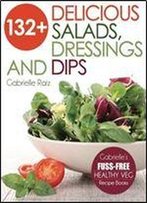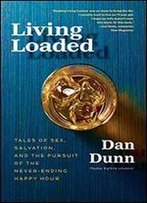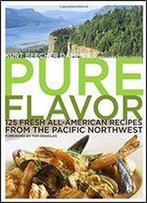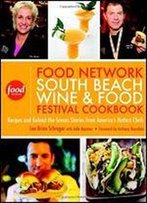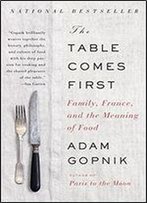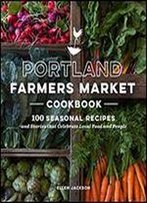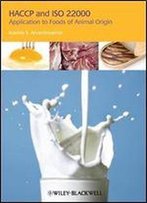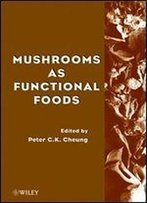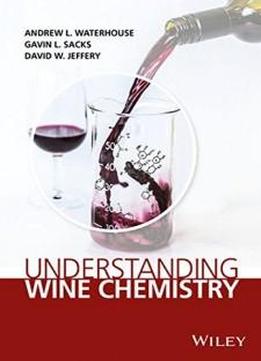
Understanding Wine Chemistry
by Andrew L. Waterhouse /
2016 / English / PDF
10.2 MB Download
Wine chemistry inspires and challenges with its complexity, and
while this is intriguing, it can also be a barrier to further
understanding. The topic is demystified in
Wine chemistry inspires and challenges with its complexity, and
while this is intriguing, it can also be a barrier to further
understanding. The topic is demystified inUnderstanding Wine
Chemistry
Understanding Wine
Chemistry, which explains the important chemistry of wine at
the level of university education, and provides an accessible
reference text for scientists and scientifically trained
winemakers alike.
, which explains the important chemistry of wine at
the level of university education, and provides an accessible
reference text for scientists and scientifically trained
winemakers alike.Understanding Wine Chemistry:
Understanding Wine Chemistry:Summarizes the compounds found in wine, their basic chemical
properties and their contribution to wine stability and sensory
properties
Summarizes the compounds found in wine, their basic chemical
properties and their contribution to wine stability and sensory
propertiesFocuses on chemical and biochemical reaction mechanisms that
are critical to wine production processes such as fermentation,
aging, physiochemical separations and additions
Focuses on chemical and biochemical reaction mechanisms that
are critical to wine production processes such as fermentation,
aging, physiochemical separations and additionsIncludes case studies showing how chemistry can be harnessed
to enhance wine color, aroma, flavor, balance, stability and
quality.
Includes case studies showing how chemistry can be harnessed
to enhance wine color, aroma, flavor, balance, stability and
quality.
This descriptive text provides an overview of wine components and
explains the key chemical reactions they undergo, such as those
controlling the transformation of grape components, those that
arise during fermentation, and the evolution of wine flavor and
color. The book aims to guide the reader, who perhaps only has a
basic knowledge of chemistry, to rationally explain or predict
the outcomes of chemical reactions that contribute to the
diversity observed among wines. This will help students,
winemakers and other interested individuals to anticipate the
effects of wine treatments and processes, or interpret
experimental results based on an understanding of the major
chemical reactions that can occur in wine.
This descriptive text provides an overview of wine components and
explains the key chemical reactions they undergo, such as those
controlling the transformation of grape components, those that
arise during fermentation, and the evolution of wine flavor and
color. The book aims to guide the reader, who perhaps only has a
basic knowledge of chemistry, to rationally explain or predict
the outcomes of chemical reactions that contribute to the
diversity observed among wines. This will help students,
winemakers and other interested individuals to anticipate the
effects of wine treatments and processes, or interpret
experimental results based on an understanding of the major
chemical reactions that can occur in wine.

